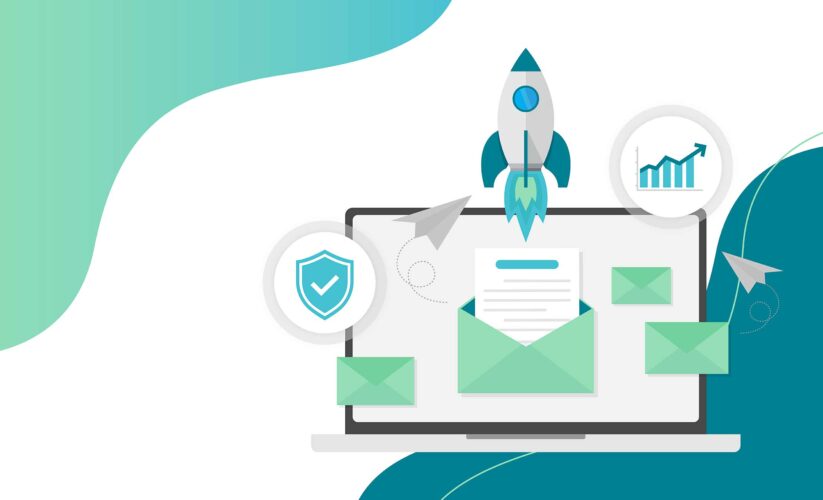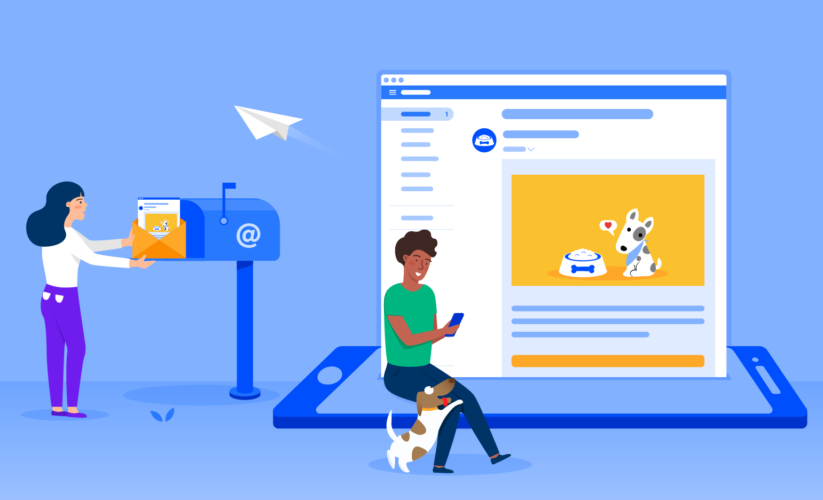
Email Marketing for Small Business: The Ultimate Guide to Success
In the modern digital era, email marketing for small business is one of the most effective ways to build relationships, drive sales, and grow a brand. Amidst the buzz of social media and other digital platforms, email marketing continues to deliver one of the highest returns on investment. According to a study by Campaign Monitor, businesses can earn an average of $36 for every $1 spent on email marketing.
In this comprehensive guide by Blog DevZev, we explore how small businesses can leverage email marketing to achieve their goals while adhering to the latest Google content updates, including EEAT principles (Expertise, Experience, Authority, Trustworthiness).

Why Email Marketing Matters for Small Businesses
businesses the weak points in their strategy to redefine it and manage an effective campaign.
- Cost-Effective Marketing
Small businesses mostly operate on shallow budgets, and email marketing is an inexpensive way to reach prospective customers. Relatively affordable tools and automation enable small businesses to deliver personalized campaigns that resonate with their audience.
- High ROI
Email marketing yields a very impressive return on investment when weighed against traditional methods of advertising. A well-planned campaign can convert leads into loyal customers at a fraction of the cost that paid ads or print media would have required.
- Builds Direct Relationships
Email lets any business reach a target audience directly. While, for example, algorithms on social media have made visibility particularly difficult to create, emails land in subscribers’ inboxes, thus serving up a real level of interaction.
- Data-Driven Decisions
Most e-marketing tools enable detailed analytics from open rates, click-through rates, and conversions, showing
Building an Email Marketing Strategy
- Define Your Goals
Before launching an email campaign, establish clear objectives. Do you aim to increase website traffic, generate leads, boost sales, or enhance customer retention? Defining your goals will guide your content and strategy.
- Choose the Right Email Marketing Platform
Selecting a user-friendly platform is crucial for small businesses. Consider these options:
- Mailchimp – Ideal for beginners with free plans.
- Constant Contact – Great customer support and ease of use.
- Sendinblue – Advanced automation features at an affordable cost.
Look for features such as:
- Automation capabilities
- Customizable templates
- In-depth analytics
- Scalability
- Build a Quality Email List
A strong email list is the foundation of successful campaigns. Grow your list through:
- Website Sign-Up Forms – Add forms to your homepage, blog, or landing pages.
- Lead Magnets – Offer free resources like eBooks, checklists, or webinars in exchange for email addresses.
- In-Store Promotions – Encourage customers to subscribe by offering exclusive discounts.
Pro Tip: Use double opt-in to ensure subscribers genuinely want to hear from you. This enhances credibility and reduces spam complaints.
Crafting the Perfect Email
- Subject Line: The Gateway to Your Content
Your subject line determines whether your email gets opened. Make it compelling by:
- Using action words like “Discover,” “Unlock,” or “Learn”
- Keeping it concise (under 60 characters)
- Creating urgency, such as “Limited Time Offer”
- Personalization is Key
Use subscribers’ names and tailor content to their preferences. Personalized emails increase engagement and build trust. For example, “Hi Sarah, here’s a special discount for you” is more effective than “Dear Customer.”
- Content That Delivers Value
Not every email should be a sales pitch. Mix promotional emails with educational or entertaining content, such as:
- Tips and how-to guides
- Case studies or success stories
- Industry news and updates
- Clear Call-to-Action (CTA)
Every email should include a direct CTA that aligns with your goal. Examples include:
- “Shop Now”
- “Download Your Free Guide”
- “RSVP Today”

Types of Email Campaigns for Small Businesses
- Welcome Emails
Make a strong first impression with a warm welcome email introducing your brand and setting expectations for future communications.
- Promotional Emails
Announce sales, discounts, or limited-time offers with compelling visuals and a strong CTA to encourage immediate action.
- Educational Newsletters
Share industry insights, tips, or behind-the-scenes content to position your business as an authority and keep your audience engaged.
- Abandoned Cart Emails
Remind customers about items left in their shopping carts. Offering incentives like free shipping or discounts can boost conversions.
- Re-Engagement Campaigns
If subscribers become inactive, send a re-engagement email with exclusive offers or surveys to encourage interaction.
Best Practices for Email Marketing Success
1. Observe Email Regulations
Ensure compliance with GDPR, CAN-SPAM, and other regulations by:
- Including an unsubscribe link in every email
- Clearly identifying your business in the email footer
- Avoiding misleading subject lines
2. Optimize for Mobile
Since over 50% of emails are opened on mobile devices, use responsive designs that display well on any screen size.
3. Segment Your Audience
Segment your list based on demographics, purchase history, or engagement levels. Targeted emails yield higher conversion rates than generic ones.
4. Test and Refine
A/B testing helps determine what works best. Experiment with different subject lines, layouts, and CTAs, then use analytics to optimize your campaigns.
5. Monitor Deliverability
Ensure emails reach inboxes instead of spam folders by maintaining a clean email list, using reputable sending domains, and avoiding spam-trigger words.
Real-Life Success Story
Case Study: Local Boutique’s Email Marketing Transformation
A small boutique in Denver increased online sales by 200% in three months through email marketing. By offering exclusive discounts, sharing styling tips, and sending personalized recommendations, they built a loyal customer base and boosted conversions.
Tools and Resources for Small Business Email Marketing
- Mailchimp – Best for beginners with intuitive tools.
- Klaviyo – Ideal for eCommerce with advanced automation.
- HubSpot – A comprehensive CRM with email marketing features.
Bonus: Explore free online courses on Coursera and HubSpot Academy to enhance your email marketing skills.
Conclusion
Email marketing is not just a strategy—it is a powerful tool that can transform a small business. By focusing on personalized, value-driven content and adhering to best practices, small businesses can foster strong relationships with their audience and achieve substantial ROI.
At Blog DevZev, we emphasize the importance of expertise, experience, authority, and trust in every campaign. Are you ready to elevate your email marketing efforts? Start today and watch your business grow.




